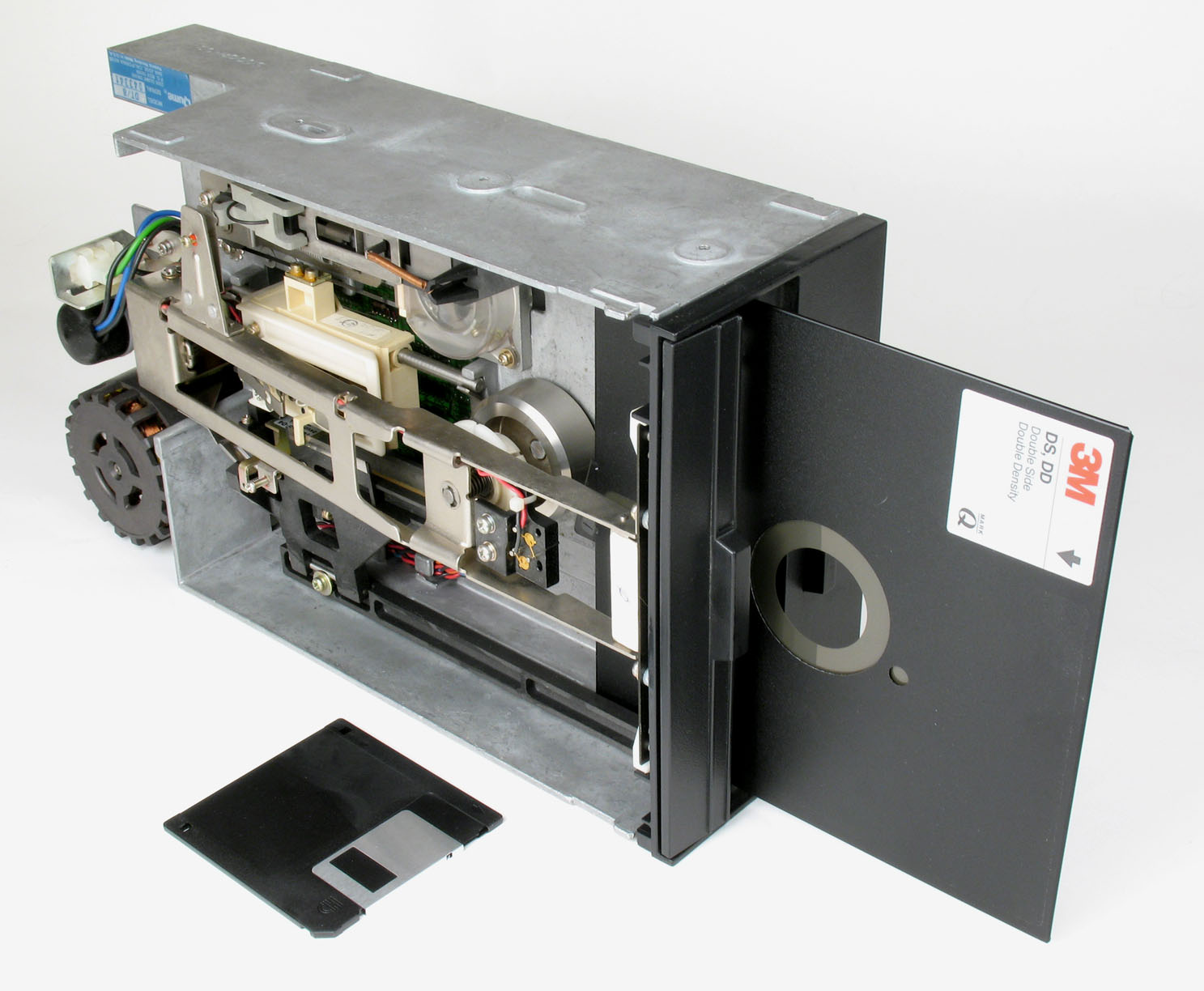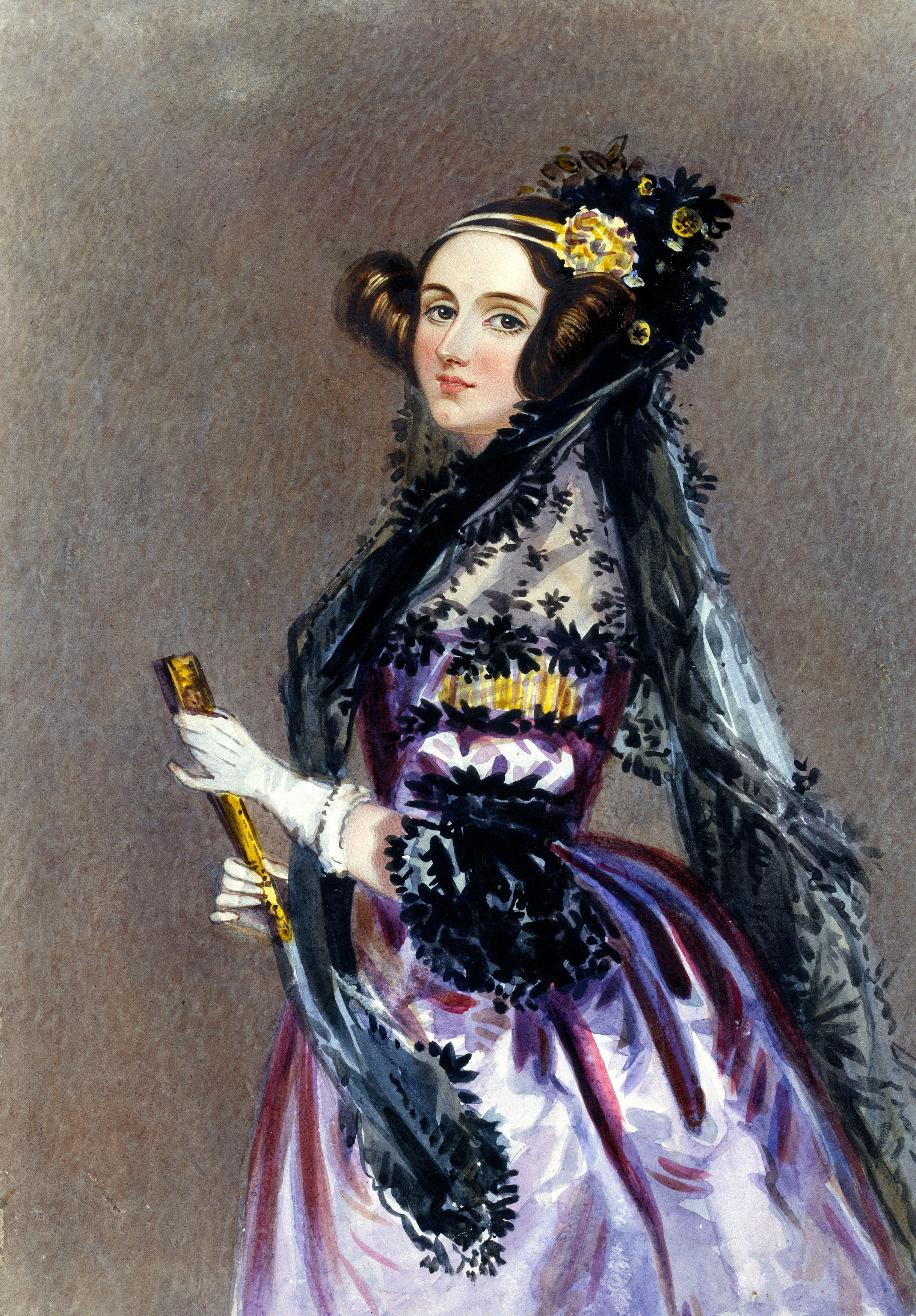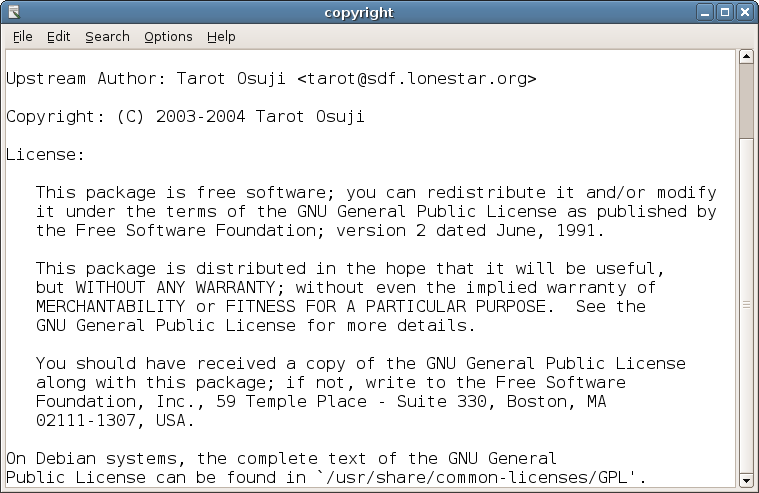|
IBM HandShaker
IBM HandShaker (also known as Connect Commander or simply CN) is a file manager for the DOS operating system, developed in 1991. It supported both Russian and English user interfaces, featured a built-in screensaver, and was widely used by professional programmers as a replacement for DOS Shell, due to its numerous extended capabilities. History The software was developed in Kharkiv, Ukraine, by programmers Yan Balter and Dmitry Orlov starting in 1991. The final version of IBM HandShaker (7.5) was released in 1999, and an alternate version under the name Connect Commander (8.0) appeared in 2001. Description Initially conceived as an integrated development environment for embedded systems and hardware programming, IBM HandShaker eventually became a file manager featuring a primitive built-in scripting language and debugger. Like DOS Navigator, it was written in Turbo Pascal using the Turbo Vision framework. Features * File manager in the style of Norton Commander, with ad ... [...More Info...] [...Related Items...] OR: [Wikipedia] [Google] [Baidu] |
Floppy Disk
A floppy disk or floppy diskette (casually referred to as a floppy, a diskette, or a disk) is a type of disk storage composed of a thin and flexible disk of a magnetic storage medium in a square or nearly square plastic enclosure lined with a fabric that removes dust particles from the spinning disk. The three most popular (and commercially available) floppy disks are the 8-inch, 5¼-inch, and 3½-inch floppy disks. Floppy disks store digital data which can be read and written when the disk is inserted into a floppy disk drive (FDD) connected to or inside a computer or other device. The first floppy disks, invented and made by IBM in 1971, had a disk diameter of . Subsequently, the 5¼-inch (133.35 mm) and then the 3½-inch (88.9 mm) became a ubiquitous form of data storage and transfer into the first years of the 21st century. 3½-inch floppy disks can still be used with an external USB floppy disk drive. USB drives for 5¼-inch, 8-inch, and other-size floppy disks are rare ... [...More Info...] [...Related Items...] OR: [Wikipedia] [Google] [Baidu] |
Programmer
A programmer, computer programmer or coder is an author of computer source code someone with skill in computer programming. The professional titles Software development, ''software developer'' and Software engineering, ''software engineer'' are used for jobs that require a programmer. Identification Sometimes a programmer or job position is identified by the language used or target platform. For example, assembly language, assembly programmer, web developer. Job title The job titles that include programming tasks have differing connotations across the computer industry and to different individuals. The following are notable descriptions. A ''software developer'' primarily implements software based on specifications and fixes Software bug, bugs. Other duties may include code review, reviewing code changes and software testing, testing. To achieve the required skills for the job, they might obtain a computer science or associate degree, associate degree, attend a Cod ... [...More Info...] [...Related Items...] OR: [Wikipedia] [Google] [Baidu] |
Text Editor
A text editor is a type of computer program that edits plain text. An example of such program is "notepad" software (e.g. Windows Notepad). Text editors are provided with operating systems and software development packages, and can be used to change files such as configuration files, documentation files and programming language source code. Plain text and rich text There are important differences between plain text (created and edited by text editors) and rich text (such as that created by word processors or desktop publishing software). Plain text exclusively consists of character representation. Each character is represented by a fixed-length sequence of one, two, or four bytes, or as a variable-length sequence of one to four bytes, in accordance to specific character encoding conventions, such as ASCII, ISO/IEC 2022, ISO/IEC 2022, Shift JIS, UTF-8, or UTF-16. These conventions define many printable characters, but also whitespace character, non-printing characters th ... [...More Info...] [...Related Items...] OR: [Wikipedia] [Google] [Baidu] |
Archive
An archive is an accumulation of historical records or materials, in any medium, or the physical facility in which they are located. Archives contain primary source documents that have accumulated over the course of an individual or organization's lifetime, and are kept to show the history and function of that person or organization. Professional archivists and historians generally understand archives to be records that have been naturally and necessarily generated as a product of regular legal, commercial, administrative, or social activities. They have been metaphorically defined as "the secretions of an organism", and are distinguished from documents that have been consciously written or created to communicate a particular message to posterity. In general, archives consist of records that have been selected for permanent or long-term preservation on the grounds of their enduring cultural, historical, or evidentiary value. Archival records are normally unpublished and a ... [...More Info...] [...Related Items...] OR: [Wikipedia] [Google] [Baidu] |
Computer File
A computer file is a System resource, resource for recording Data (computing), data on a Computer data storage, computer storage device, primarily identified by its filename. Just as words can be written on paper, so too can data be written to a computer file. Files can be shared with and transferred between computers and Mobile device, mobile devices via removable media, Computer networks, networks, or the Internet. Different File format, types of computer files are designed for different purposes. A file may be designed to store a written message, a document, a spreadsheet, an Digital image, image, a Digital video, video, a computer program, program, or any wide variety of other kinds of data. Certain files can store multiple data types at once. By using computer programs, a person can open, read, change, save, and close a computer file. Computer files may be reopened, modified, and file copying, copied an arbitrary number of times. Files are typically organized in a file syst ... [...More Info...] [...Related Items...] OR: [Wikipedia] [Google] [Baidu] |
Directory (computing)
In computing, a directory is a file system cataloging structure that contains references to other computer files, and possibly other directories. On many computers, directories are known as folders or drawers, analogy, analogous to a workbench or the traditional office filing cabinet. The name derives from books like a telephone directory that lists the phone numbers of all the people living in a certain area. Files are organized by storing related files in the same directory. In a hierarchical file system (that is, one in which files and directories are organized in a manner that resembles a tree structure, tree), a directory contained inside another directory is called a subdirectory. The terms parent and child are often used to describe the relationship between a subdirectory and the directory in which it is cataloged, the latter being the parent. The top-most directory in such a filesystem, which does not have a parent of its own, is called the root directory. The freedesktop ... [...More Info...] [...Related Items...] OR: [Wikipedia] [Google] [Baidu] |
Norton Commander
Norton Commander (NC) is a discontinued prototypical orthodox file manager (OFM), written by John Socha and released by Peter Norton Computing (later acquired in 1990 by the NortonLifeLock, Symantec corporation). NC provides a text-based user interface for managing files on top of MS-DOS. It was officially produced between 1986 and 1998. The last MS-DOS version of Norton Commander, 5.51, was released on July 1, 1998. A related product, ''Norton Desktop'', a graphical Shell (computing), shell for MS-DOS and Windows, succeeded Norton Commander. It came in two variants, ''Norton Desktop for DOS'' and ''Norton Desktop for Windows''. Background John Socha started work on Norton Commander in 1984; at the time, he called it "Visual DOS" or "VDOS". Norton Commander was easy to use because it had a constant view of two file manipulation objects at once. After starting the program the user sees two panels with file lists. Each panel can be easily configured to show information about ... [...More Info...] [...Related Items...] OR: [Wikipedia] [Google] [Baidu] |
File Manager
A file manager or file browser is a computer program that provides a user interface to manage computer files, files and folder (computing), folders. The most common Computer file#Operations, operations performed on files or groups of files include creating, opening (e.g. file viewer, viewing, playing, editing or computer printer, printing), renaming, file copying, copying, Computer file#Moving methods, moving, file deletion, deleting and searching for files, as well as modifying file attributes, properties and file permissions. Folder (computing), Folders and files may be displayed in a tree structure, hierarchical tree based on their directory structure. Features File transfer Graphical user interface, Graphical file managers may support copying and moving of files through "copy and paste" and "cut and paste" respectively, as well as through drag and drop, and a separate menu for selecting the target path. While transferring files, a file manager may show the source and de ... [...More Info...] [...Related Items...] OR: [Wikipedia] [Google] [Baidu] |
Turbo Vision
Turbo Vision is a character-mode text user interface framework included with Borland Pascal, Turbo Pascal, and Borland C++ circa 1990. It was used by Borland itself to write the integrated development environments (IDE) for these programming languages. By default, Turbo Vision applications replicate the look and feel of these IDEs, including edit controls, list boxes, check boxes, radio buttons and menus, all of which have built-in mouse support. Later it was deprecated in favor of Object Windows Library, the Win16 API, and the GUI tools of Borland Delphi. Around 1997, the C++ version, including source code, was released by Borland into the public domainTvision ''"What about copyrights? ..According to a FAQ entry in the Borland's site (was in http://www.inprise.com/devsupport/bcppbuilder/f ... [...More Info...] [...Related Items...] OR: [Wikipedia] [Google] [Baidu] |
Turbo Pascal
Turbo Pascal is a software development system that includes a compiler and an integrated development environment (IDE) for the programming language Pascal (programming language), Pascal running on the operating systems CP/M, CP/M-86, and MS-DOS. It was originally developed by Anders Hejlsberg at Borland, and was notable for its very fast compiling. Turbo Pascal, and the later but similar Turbo C, made Borland a leader in PC-based development tools. For versions 6 and 7 (the last two versions), both a lower-priced Turbo Pascal and more expensive Borland Pascal were produced; Borland Pascal was oriented more toward professional software development, with more Library (computing), libraries and standard library source code. The name Borland Pascal is also used more generically for Borland's dialect of the language Pascal, significantly different from Standard Pascal. Borland has released three old versions of Turbo Pascal free of charge because of their historical interest: the ori ... [...More Info...] [...Related Items...] OR: [Wikipedia] [Google] [Baidu] |
DOS Navigator
DOS Navigator (DN) is an orthodox file manager for DOS, OS/2, and Windows. Influence DOS Navigator is an influential early implementation of orthodox file manager (OFM). By implementing three additional types of virtual file systems (VFS): XTree, Briefcase and list-based, DN launched a new generation of OFMs. It offers unlimited panels and many new important features, making it one of the most powerful (and complex) OFMs. History The initial version of DN I (v 0.90) was released in 1991, and written by Stefan Tanurkov, Andrew Zabolotny and Sergey Melnik (all from Chișinău, Moldova). After that, DN was rewritten using Turbo Vision by Stefan Tanurkov and Dmitry Dotsenko (Dotsenko developed DN at Moscow State University). These versions are sometimes referred as DN II. In 1993, Slava Filimonov invited Stefan to join him to continue producing and publishing DN with joint efforts. Slava programmed new components, design and made countless optimizations and improvements. He wro ... [...More Info...] [...Related Items...] OR: [Wikipedia] [Google] [Baidu] |
Debugger
A debugger is a computer program used to test and debug other programs (the "target" programs). Common features of debuggers include the ability to run or halt the target program using breakpoints, step through code line by line, and display or modify the contents of memory, CPU registers, and stack frames. The code to be examined might alternatively be running on an '' instruction set simulator'' (ISS), a technique that allows great power in its ability to halt when specific conditions are encountered, but which will typically be somewhat slower than executing the code directly on the appropriate (or the same) processor. Some debuggers offer two modes of operation, full or partial simulation, to limit this impact. An exception occurs when the program cannot normally continue because of a programming bug or invalid data. For example, the program might have tried to use an instruction not available on the current version of the CPU or attempted to access unavailable or pro ... [...More Info...] [...Related Items...] OR: [Wikipedia] [Google] [Baidu] |









